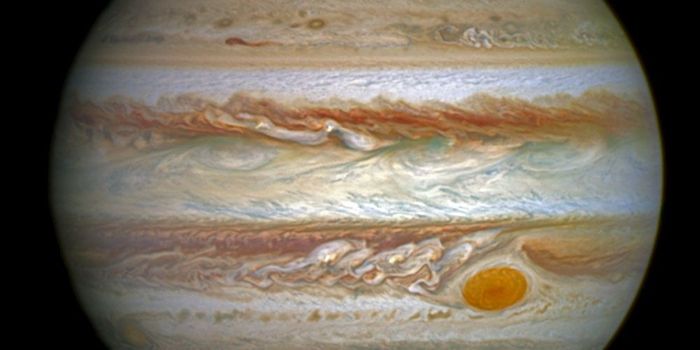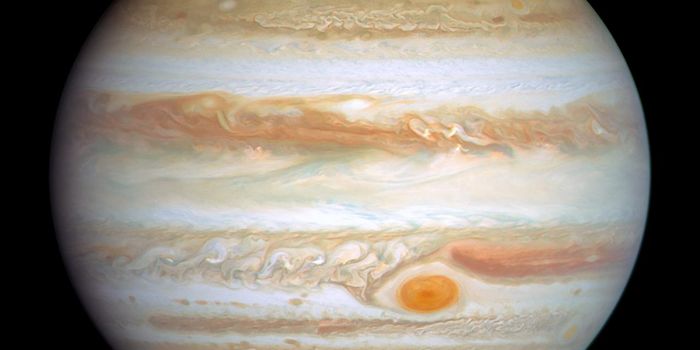Average Day on Venus Lasts 243 Earth Days
Although Venus is our planet’s closest neighbour, its fundamental properties have remained largely unknown. Now though, for the first time, researchers have been able to pinpoint the exact length of a day on Venus, as well as other key features of the planet.
For the study, researchers analyzed a series of ground-based radar measurements. To gather the measurements, they aimed radio waves at Venus from the 70-meter-wide Goldstone antenna in California’s Mojave Desert, receiving radiowaves back on Earth several minutes later. They conducted this procedure on a total of 21 occasions between 2006 and 2020.
"We use Venus as a giant disco ball," says Jean-Luc Margot, lead author of the research. "We illuminate it with an extremely powerful flashlight -- about 100,000 times brighter than your typical flashlight. And if we track the reflections from the disco ball, we can infer properties about the spin [state]."
Ultimately, the researchers were able to calculate that the average day on Venus lasts 243.02 Earth days. They also found that Venus’s rotation is constantly in flux, something which leads to length variations of at least 20 minutes between days on the planet.
The researchers say that this variation likely results from the planet’s heavy atmosphere as it exchanges momentum with the solid ground, both accelerating and slowing down its rotation. While this happens on Earth too, its effects are markedly less pronounced. As Earth’s atmosphere is 93 times less massive than that of Venus, this phenomena leads to a fluctuation of just a millisecond each day.
The researchers also found that Venus sits at a tilt of 2.64 degrees. The radar measurements further revealed that the orientation of Venus’ spin axis changes at a slower pace than that of Earth. Whereas this 'precession' takes around 26,000 years to make a full cycle on Earth, it takes around 29,000 years on Venus. From their findings, the researchers further calculated that the planet’s core is around 3,500 kilometres across, although they are currently unsure as to whether it is liquid or solid.
While the researchers aim to continue their study of Venus, they also plan on making ground-based radar measurements on Jupiter’s moons, Europa and Ganymede. This comes especially given strong suspicions that liquid water lurks beneath a thick shell of ice on Europa.
Sources: EurekAlert, Nature









